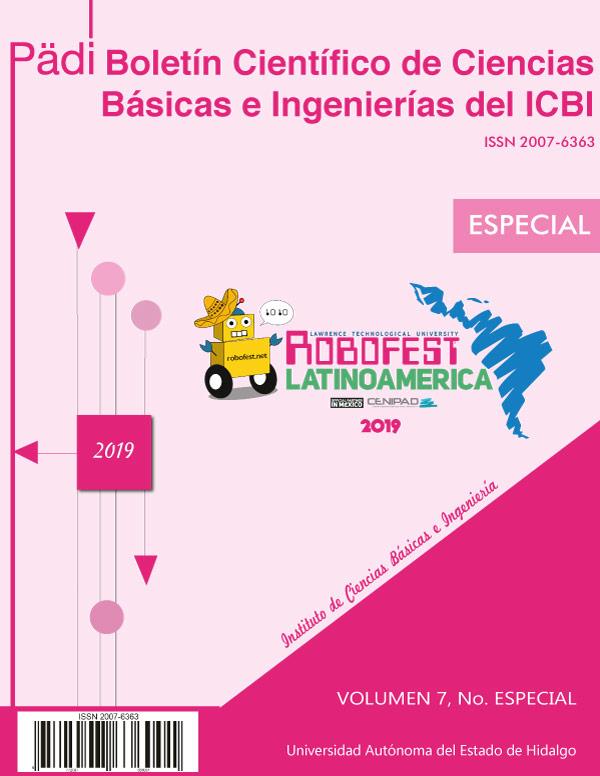Multiresolution Proportional Control for a 2GDL Robot through a BCI System
Abstract
The complications of many people with some kind of motor disability when it comes to doing their daily task, has aroused the interest of investigating brain commands and understanding the brain signals generated by a defined task, the goal is to transform these brain commands into input commands to robotic systems that help to improve people's quality of life automatically. There is currently a large amount of research that addresses the topic of BCI systems, these continue to present limitations when it comes to real-time implementation by the characterization of EEG signals and high computational consumption. The main objective of this work is to show the Multiresolution wavelet tool for the processing of the cerebral signals and, on the other hand, the implementation of a Proportional Multiresolution Control that facilitates to close the loop of the BCI system in Real time, and thus improve the current results.
Downloads
References
Chambers, S. S. (2007). EEG SIGNAL PROCESSING. England: John Wiley & Sons Ltd.
CHAN, J. C. (2011). Fundamentals of Wavelets Theory, Algorithms,and Applications. New Jersey: John Wiley & Sons.
Eltaf Abdalsalam Mohamed, M. Z. (2014). Enhancing EEG Signals in Brain Computer Interface Using Wavelet Transform. International Journal of Information and Electronics Engineering, 234-238.
Friesen, G. (1990). A comparison of the noise sensitivity of nine QRS detection algorithms. IEEE Transactions on Biomedical Engineering, 85-98.
Fundamentals of Wavelets Theory, Algorithms, and Applications. (2011). New Jersey: John Wiley & Sons.
Jang, W. A., Lee, S. M., & Lee, D. H. (2014). Development BCI for individuals with severely disability using EMOTIV EEG headset and robot. Development BCI for individuals with severely disability using EMOTIV EEG headset and robot, 1-3.
José Alberto Cruz Tolentino, A. J. (2012). Wavelet PID and Wavenet PID:Theory and Applications. En M. Vagia, PID Controller Design Approaches - Theory, Tuning and Application to Frontier Areas (págs. 3-28). Europe: IntechOpen.
Krzysztof Kotowskia, K. S. (2018). Validation of Emotiv EPOC+ for extracting ERP correlates of emotional face processing. Biocybernetics and Biomedical Engineering, 773-781.
M. Spezialetti, L. C. (2018). Towards EEG-based BCI driven by emotions for addressing BCI-Illiteracy: a meta-analytic review. Behaviour & Information Technology , 855-871.
Nurseitov, D., Serekov, A., Shintemirov, A., & Abibullaev, B. (2017). Design and evaluation of a P300-ERP based BCI system for real-time control of a mobile robot. 5th International Winter Conference on Brain-Computer Interface (BCI), 115-120.
Thompsona, M. R. (2017). Enhancing P300-BCI performance using latency estimation. Brain-Computer Interfaces , 137-145.













